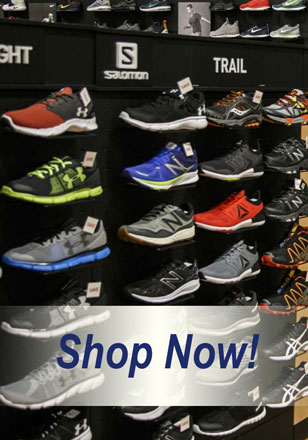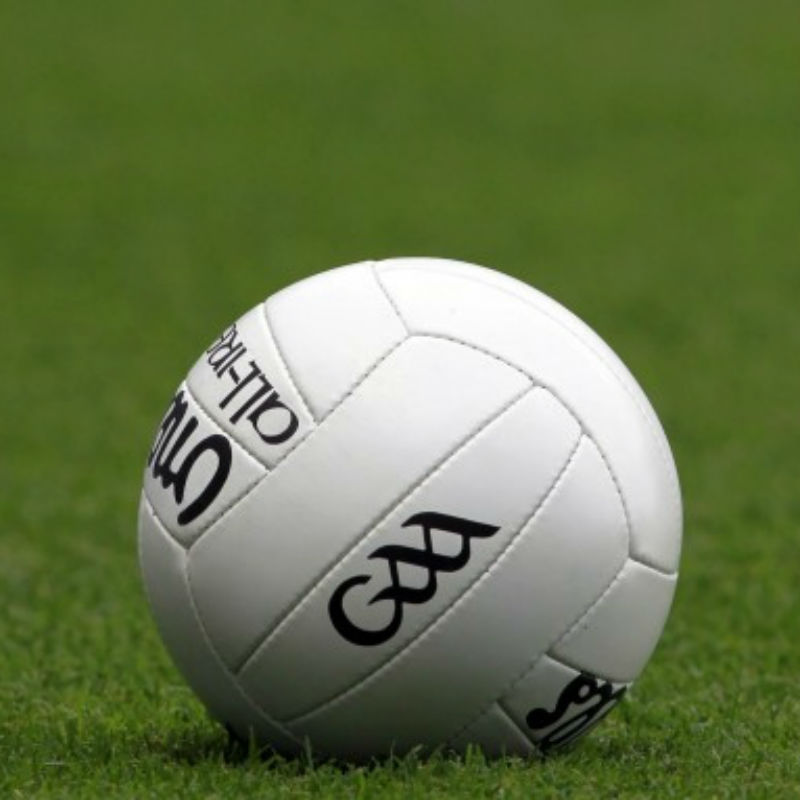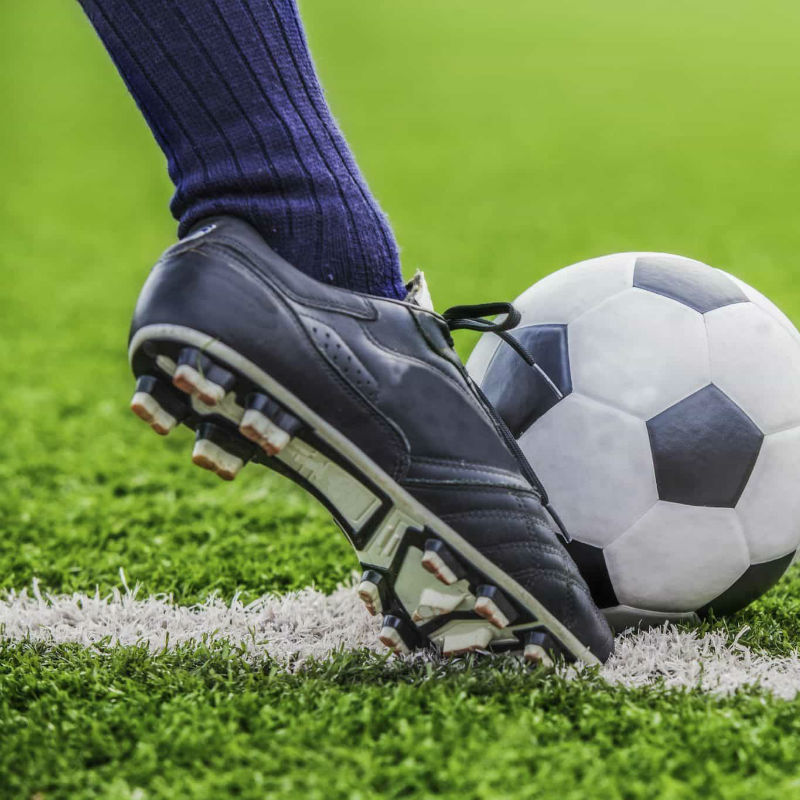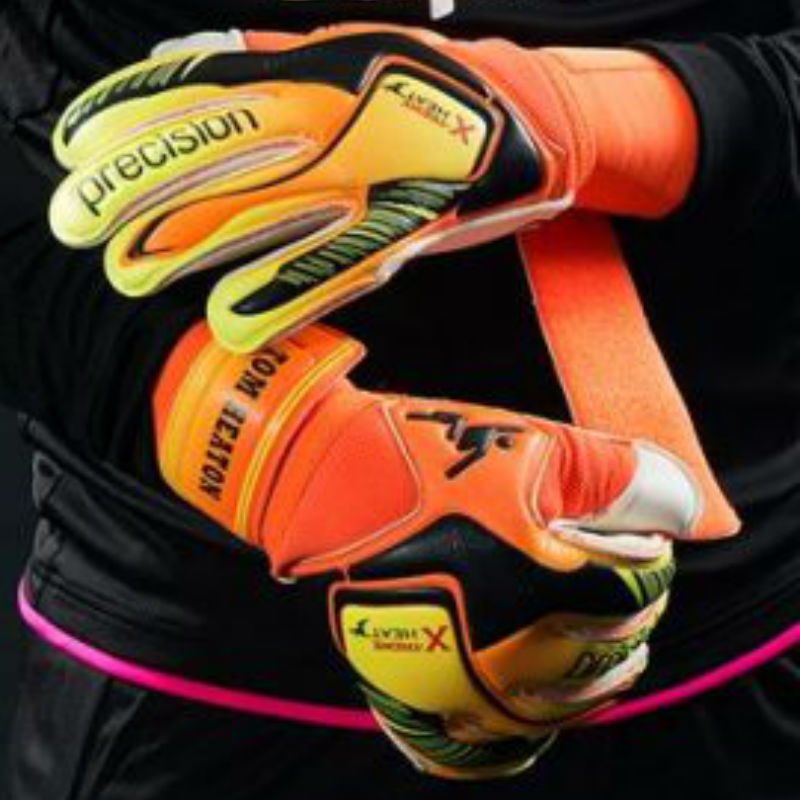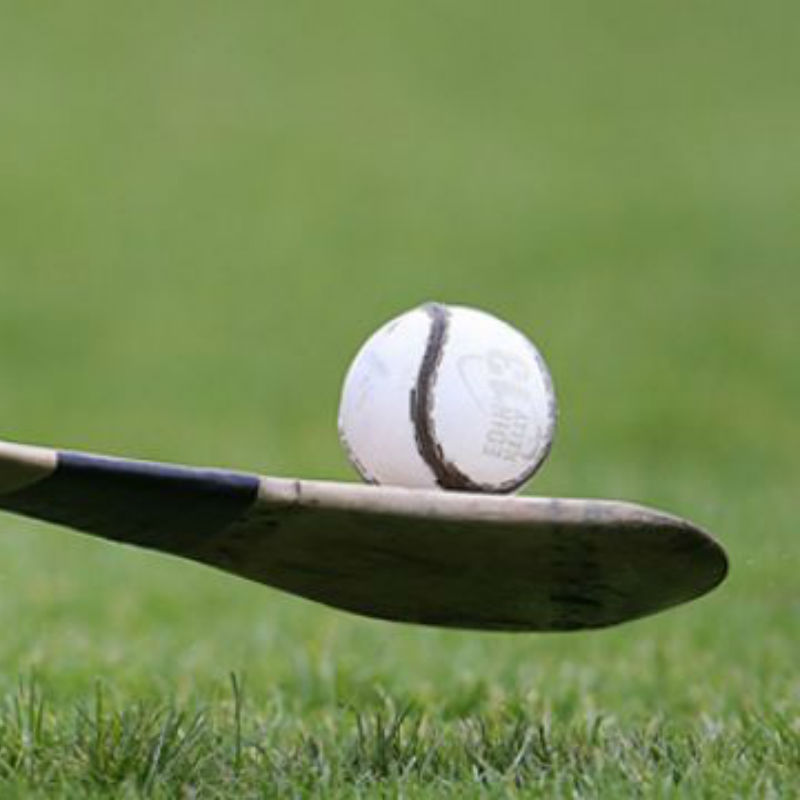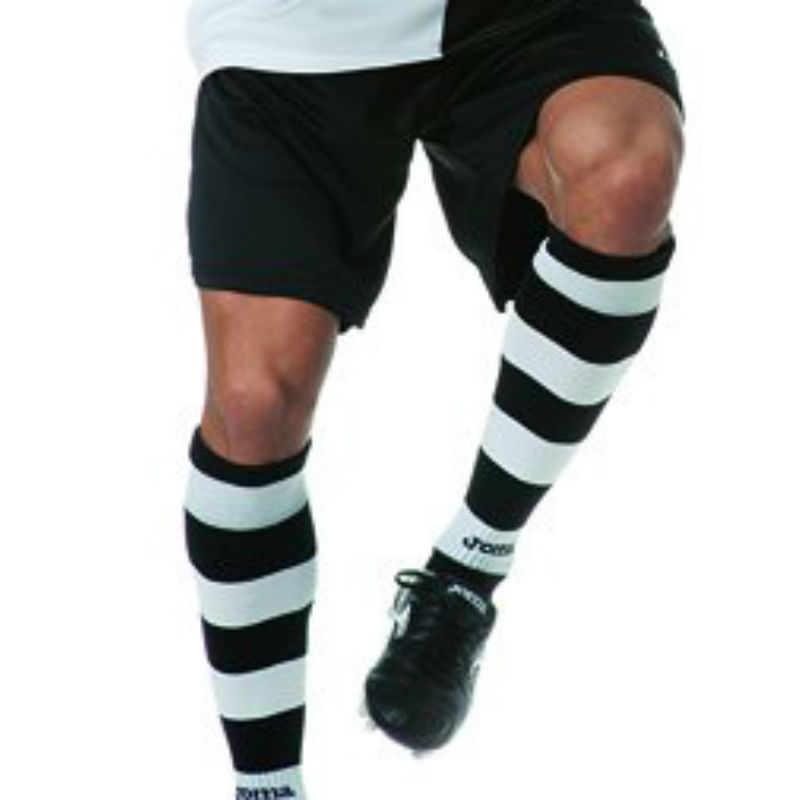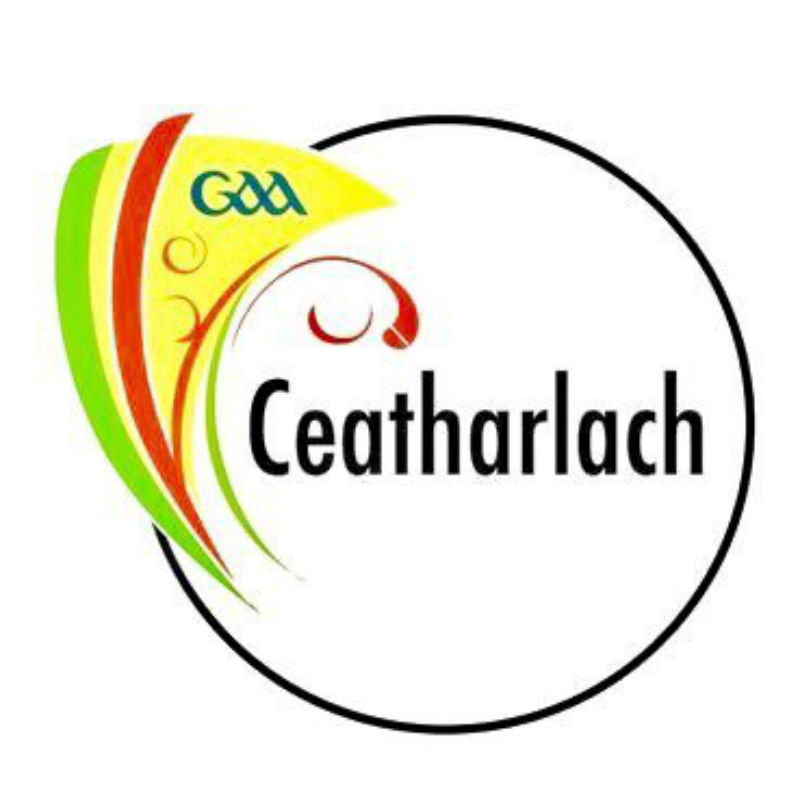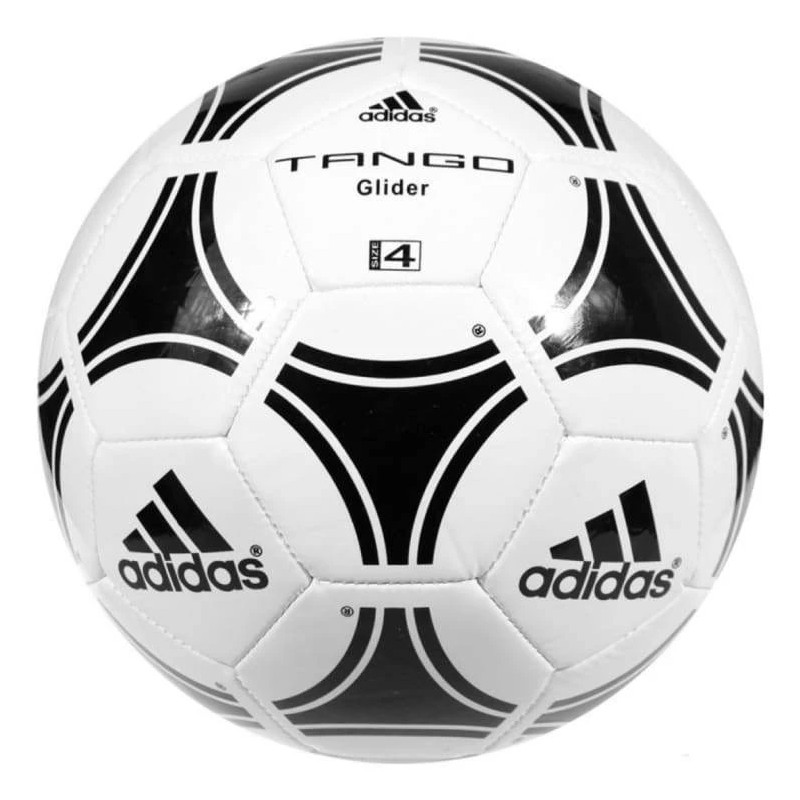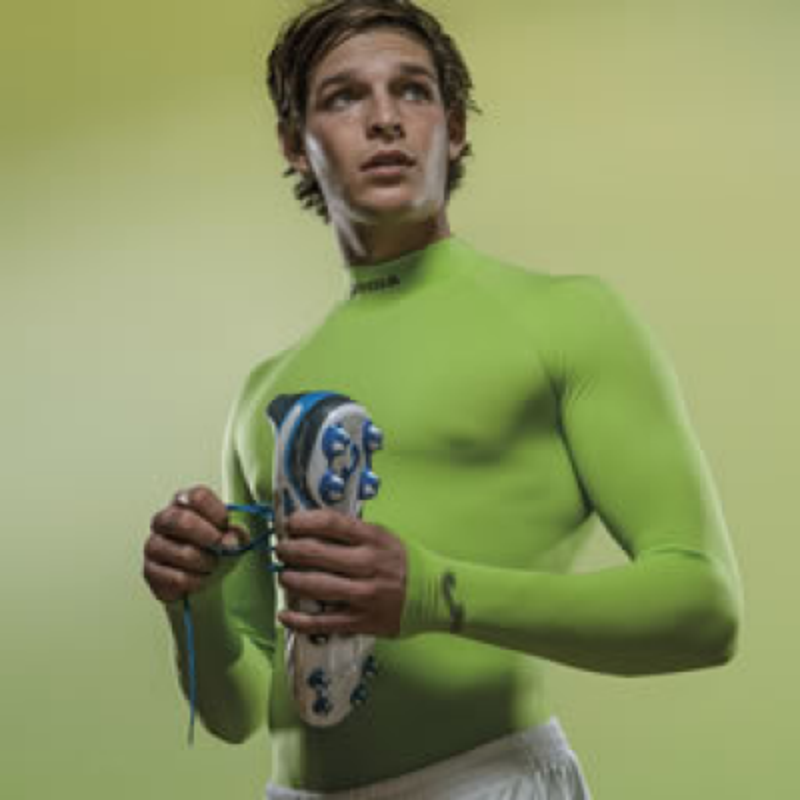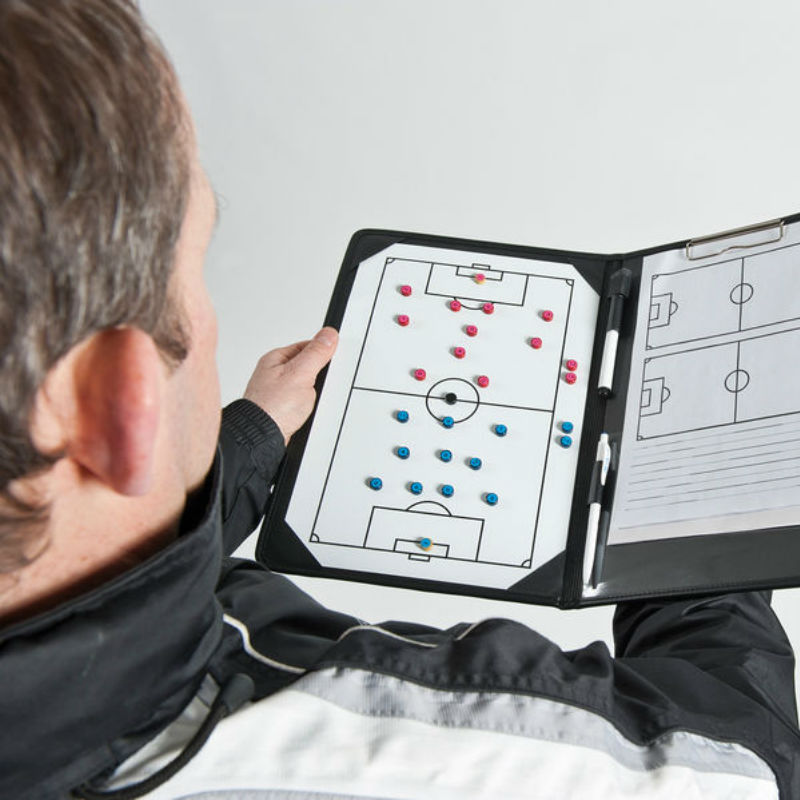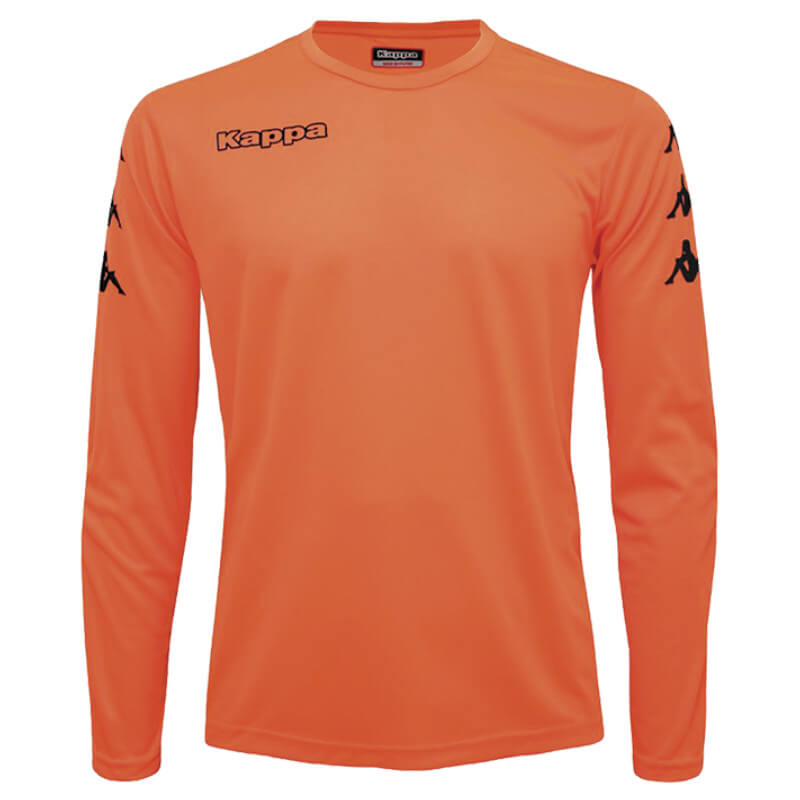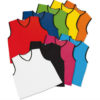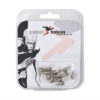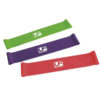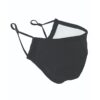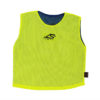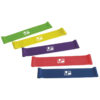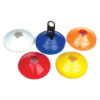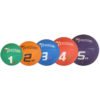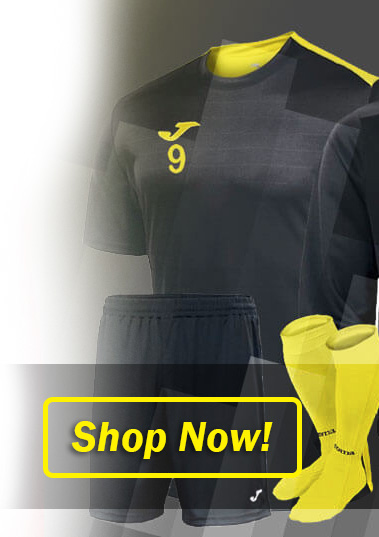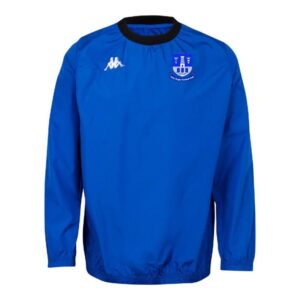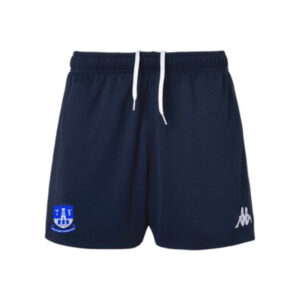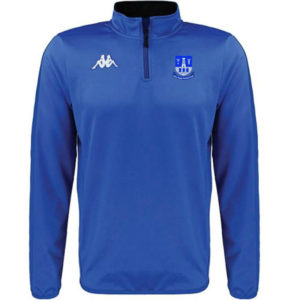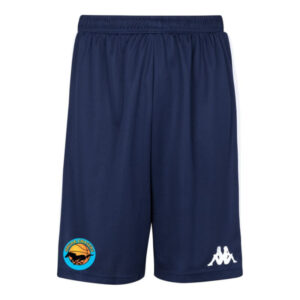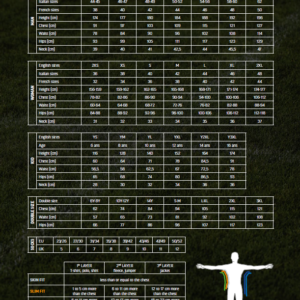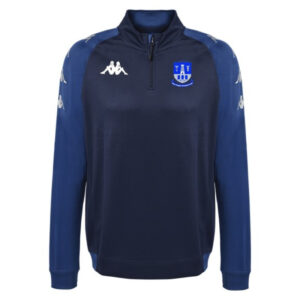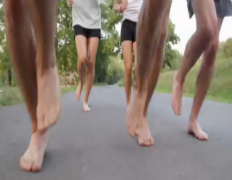No products in the cart.
General Sports Advice, Running
Minimalist Running Shoes – Good or Bad?
Natural running, whether a lightweight minimal shoe or fully barefoot is a growing trend. The suggestion is that traditional cushioned running shoes are so stiff and padded that they do too much of the work our joints were meant to do on their own. This can leave our feet and ankles weak and susceptible to injury.
While there is a lack of specific medical evidence to support this proposition, it is certainly true to say that while running shoes have become more cushioned and more structured over the years, the level of running related injuries continues to rise. It is estimated that as many as 80% of all runners will at some stage experience a running related injury.
Advocates of minimalist running believe that by removing much(or all) of the cushioning from the heel of the shoe, the foot will naturally be inclined to impact the ground more toward the front of the foot(midstance or forefoot) and not the heel. Our own springs and levers that provide natural cushioning are located more toward the forefoot. As well as encouraging more of a forefoot strike, minimalist shoes because of their incredible flexibility increase muscle activity in the foot making it stronger and less prone to injury.
Personally, I do not see the whole minimalist debate as and either/or scenario. I can see the benefits of both and perhaps the answer lies somewhere in the middle with the perfect combination of both cushioning and flexibility. I would suggest that caution should be exercised when transitioning to minimalist running shoes after years of wearing traditional cushioned ones. The transition should be gradual to give the muscles and joints in the foot a chance to strengthen without coming under too much pressure. Also it is not clear that your gait will naturally adjust to the relative lack of heel cushioning in your minimalist shoes. A certain amount of concious retraining of the gait is required. Adopting a more upright running posture incorporating a shorter stride is desirable. During the transition phase it can be a good idea to alternate between your regular trainers for longer runs and using your minimalist shoes for shorter distances until you are more used to running in them. If you can manage this transitional phase well and gradually build up the strength in your feets muscles and joints, then years of biomechanically correct and injury free running are within your grasp.
The future of running is not about cushioning or minimalism, its about choice. Whether we land on our forefoot, midfoot or heel there is now a fantastic variety of running shoe in the market and truly there is a shoe to suit everyone. The challenge going forward is to figure out how best to match the runner with the wide variety of running shoes that now exists.
JF Sports stock a large selection of minimalist running shoes from brands such as NIKE, NEW BALANCE, BROOKS, PUMA, ASICS and VIVO BAREFOOT.

